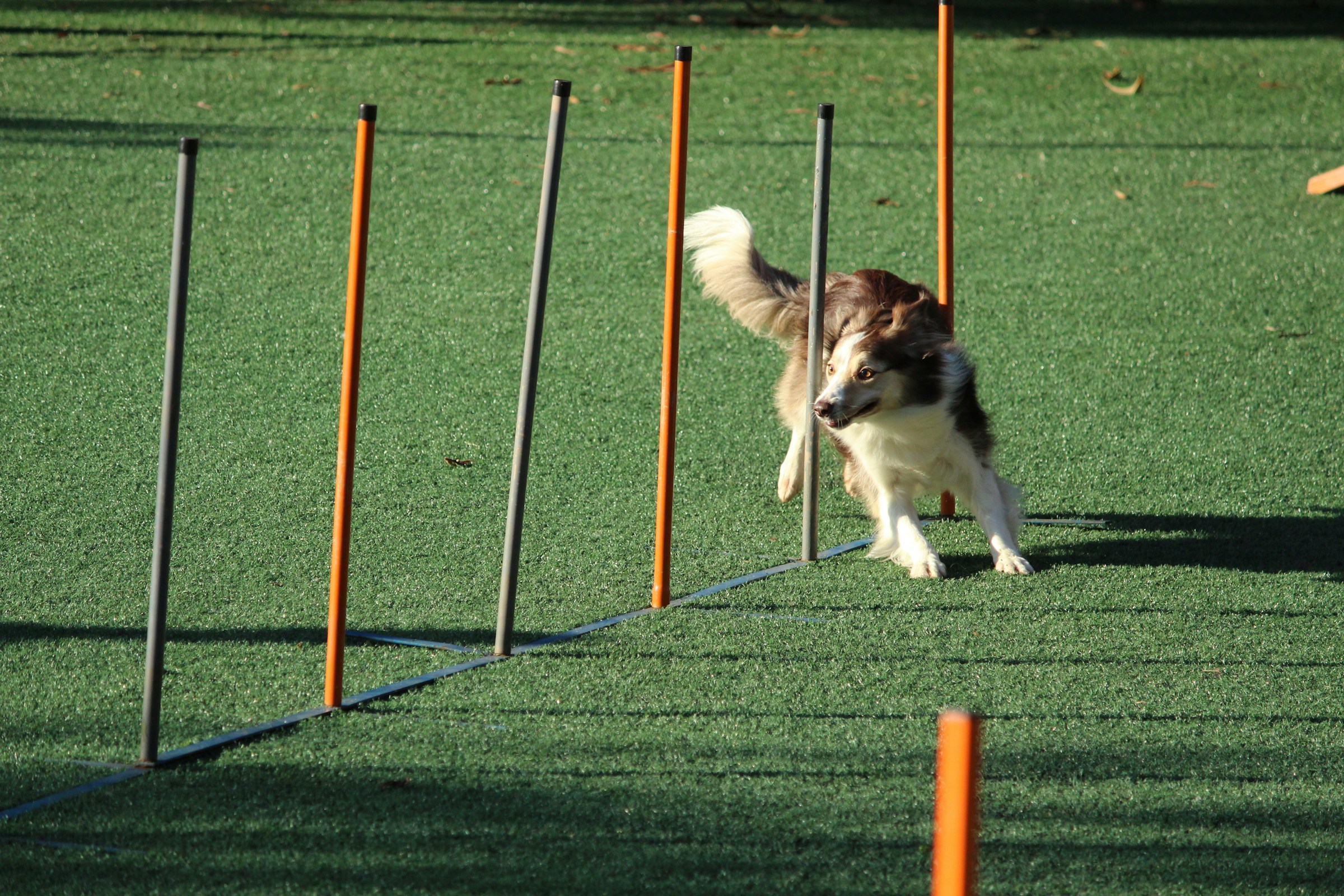How to Teach a Deaf Dog to Respond to Light-Based Signals?

As pet owners, you may sometimes find yourselves having to train a deaf dog. This can present unique challenges, as many conventional methods like voice commands or whistles are not effective with dogs who cannot hear. However, it’s not impossible. There are other ways to communicate with your deaf puppy, and one effective method involves the use of light-based signals. This is a unique and positive approach to training that capitalizes on your dog’s exceptional vision. You can leverage this to create a system of communication that is intuitive, rewarding, and fulfilling for both you and your dog.
Understanding Deaf Dogs and their Behavior
Before we dive into the steps of training your deaf dog to respond to light signals, let’s first understand the behavior of deaf dogs. Deafness in dogs can be caused by a variety of factors, ranging from congenital conditions to old age. It is essential to understand that dogs who are deaf from birth have no conception of sound and will not miss it. Their world is wholly visual and olfactory, and they will rely heavily on these senses to understand their environment.
Also to see : How to Deal with Resource Guarding in Dogs within a Multi-Pet Household?
Deaf dogs are known to be more attentive than their hearing counterparts, mainly because they have to compensate for their lack of hearing with increased visual alertness. This trait can be an advantage when training them to respond to visual cues. However, be aware that sudden movements or changes in light can startle them, as they cannot hear any warning sounds that may precede these events.
Light-Based Training Basics
Training a deaf dog using light-based signals begins with creating a consistent and understandable visual language. It’s crucial to focus on positive reinforcement methods to ensure your dog feels encouraged and motivated to learn these signals.
Also read : How Can You Provide Occupational Therapy for Dogs with Amputated Limbs?
Here’s a step-by-step guide on how to commence light-based training:
- Choose a Specific Light Source: This will serve as your primary communication tool. A handheld flashlight or a laser pointer can be ideal as they are portable and controllable. Ensure the light source is not too bright to avoid harming the dog’s eyes.
- Define Your Signals: Each signal should correspond to a specific command. For instance, a quick flash could mean ‘sit’, while a sweeping motion might mean ‘come here.’ Ensure your signals are distinct and straightforward to avoid confusing your dog.
- Introduce the Light Signal and Command: Show your dog the light signal and then guide them into the position or behavior you want. For example, if the command is ‘sit’, flash the light and then gently press your dog’s hindquarters until they sit. Repeat this several times until your dog associates the light signal with the command.
- Reward and Praise: Reward your dog with a favorite treat whenever they correctly respond to a light signal. Positive reinforcement is vital in encouraging the desired behavior.
Training Specific Commands
Once your dog understands that the light signals are a form of communication, you can start teaching specific commands. Start with basic ones like ‘sit’, ‘stay’, or ‘come’. The key is consistency and repetition. Always reward your dog for correctly following the command to reinforce the behavior.
It’s also crucial to maintain your patience during this process. Remember that your dog is learning an entirely new language, and it can take time.
Incorporating Training into Daily Activities
Incorporating light-based training into your dog’s daily activities can make the learning process more natural and enjoyable.
Use the light signals during playtime, mealtime, and walks. This will not only improve your dog’s understanding of the signals but also strengthen your bond with them. Regular practice is key in reinforcing what they have learned.
In conclusion, while training a deaf dog can certainly present unique challenges, it can also be immensely rewarding. By using light-based signals, you bring a new perspective to dog training and establish a profound and meaningful line of communication.
Developing Advanced Light-Based Commands
Once your deaf dog has mastered the basic commands, you can start teaching them more advanced light-based signals. This could mean expanding your visual vocabulary or teaching them more complex behaviors.
Firstly, you must consistently use the established signals for basic commands. Deaf dogs rely heavily on visual cues, so consistency in using the same light signals is crucial. This helps instill a sense of confidence in your dog and makes them more receptive to learning new commands.
Next, consider introducing advanced commands such as ‘fetch,’ ‘heel,’ or ‘lie down.’ Make sure the new light signal is distinctly different from the ones your dog has already learned. This will help avoid confusion.
Remember, positive reinforcement is key. Any time your dog successfully accomplishes an advanced command, reward them with a treat, a toy, or some playtime. This encourages them to continue engaging with the light-based training.
Lastly, keep in mind that training deaf dogs requires patience. They may not get the hang of new commands as quickly as hearing dogs. Consistent practice and patience are vital in helping your dog learn these new commands.
Concluding Thoughts on Light-Based Training for Deaf Dogs
Training a deaf dog to respond to light-based signals can be a fulfilling and rewarding experience. It can strengthen the bond between you and your pet while providing them with valuable skills for their daily lives.
To achieve successful training, it’s crucial to understand your dog’s behavior, use consistent light signals, and incorporate positive reinforcement. Additionally, patience is paramount throughout this process.
Keep in mind that every deaf dog, like humans, is unique. Some may pick up on light signals quickly, while others may require a bit more time and repetition. As the pet owner, your task is to stay committed to their learning process, provide consistent guidance, and shower them with love and positive reinforcement.
Lastly, remember that training your deaf dog should be a fun and enjoyable experience for both you and your pet. It’s more than just teaching them commands—it’s about building a strong and meaningful form of communication that can significantly improve their quality of life.
So, whether your dog is completely deaf or has some hearing loss, using light-based signals can open up a whole new world of possibilities for your dog’s training and overall well-being. The result can be a well-adjusted, happier, and more confident pet, which is what every pet owner ultimately wants for their furry friend.
